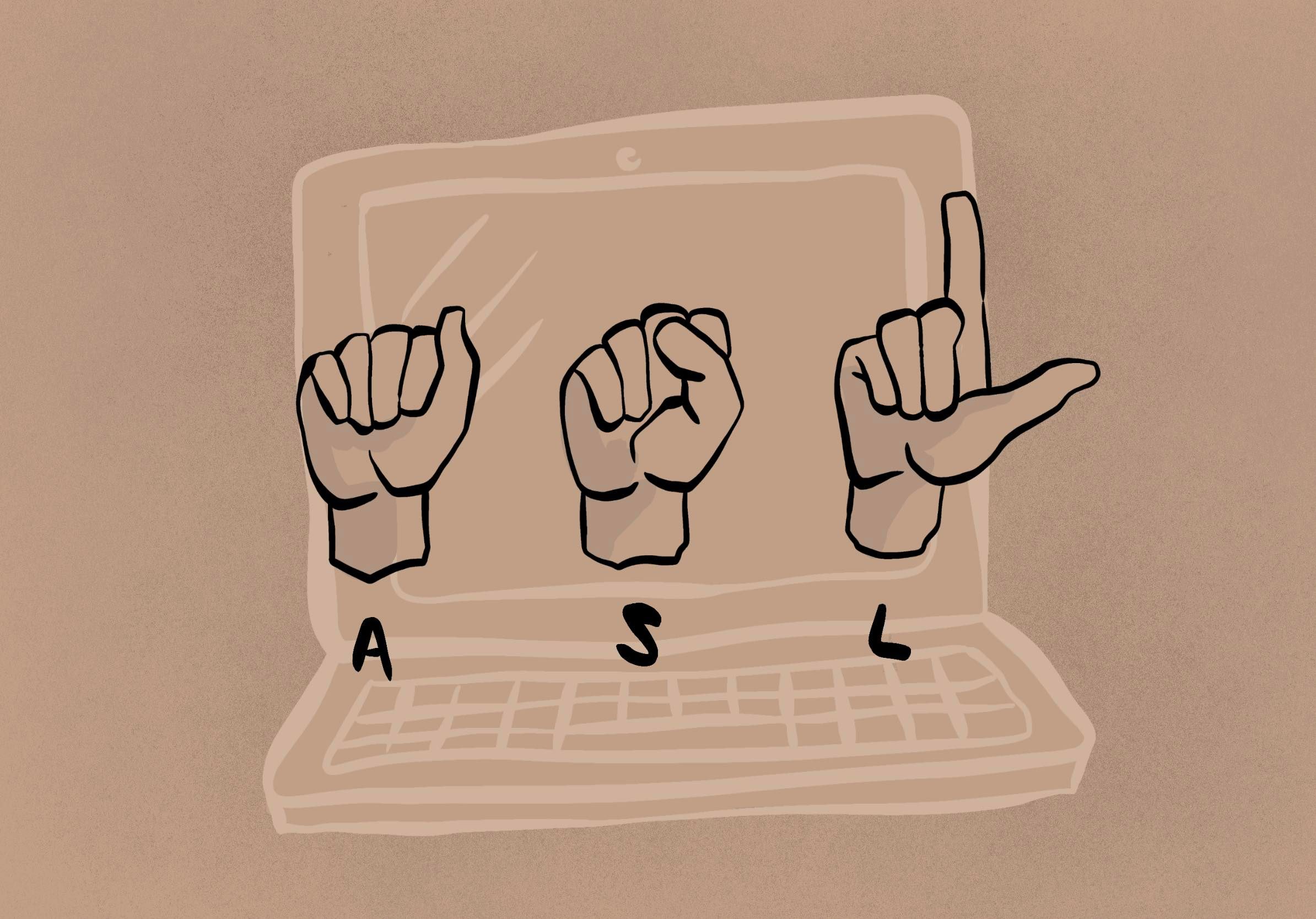Now almost a year into a pandemic, educators are giving their best to the students that need it most
While many students of all ages are struggling to adjust, students with learning and language disabilities are struggling even more.
With varying measures set into place regarding the introduction of elementary students back into schools across the country, there are discrepancies. Every school board is left to set things up their own way. Though many school boards have made it a priority to allow students with special needs to return to the classroom, other boards across the country have not even mentioned this aspect of schooling.
In the Ottawa Carleton District School board (OCDSB) for example, educators are giving their best efforts for these students, offering parents either in-class learning for specialized program classes, or a virtual version of the classes through Ottawa Carleton Virtual (OCV). Nick Jiminez, a speech language pathologist, has been working with the OCDSB for nearly three years.
“I don’t think anything special is happening for the kids with learning disabilities who are at home.”
Conversely, there are a variety of different situations that show these students to need to work from home, but as Connie Allen, Ottawa-based speech language pathologist, puts it, “Think about the child that’s four [years old], would you have them watch a PowerPoint?”
To that extent, for the children who do learn from home, “Ideally there is a parent at home or a caregiver in a daycare facility who is able to monitor one or more children while they receive remote learning,” said Jiminez.
While the ideal situation for these students is to have an adult with them to facilitate at-home learning, the reality is that this is not always possible. What works for one family may not apply to another.
Families are being forced to try and make choices between safety and education, and these are not always easy choices to make.
I think it’s okay for families to do what they can to make it work. We will do our best to make it successful, balancing that engagement with family stress,” said Allen. “We don’t want to cause our families stress.”
For many of these kids, the developmental assistance they get from these specialized program classes and systems are invaluable. These programs can range from learning literacy, to independence, to getting dressed, and even more. In many cases, it can be difficult to learn and interact with a laptop for these adapted curriculums.
“They are dealing with fatigue from looking at a screen all day,” said Jiminez.
What has become the norm for learning at home, having students spread across different households, may work for the average student. However, children with attention disorders or sensory needs are more susceptible to distraction while at home.
“The demands for self-control are greater when there are lots of distractions close by,” said Jiminez
In the past year, the debate on school closures has been tossed around for all students, yet there are some students for whom it is not feasible to learn at home. For students on the autism spectrum, nonverbal kids and those with cognitive disabilities, they benefit most from in-person learning where they are able to receive the attention they require.
Allowing these kids to learn in person ensures they are given the best attention, but safety concerns surrounding in-person learning have remained imminent throughout the pandemic. For many of these children, wearing a mask is not always possible, for reasons such as sensory difficulties , varying levels of cognitive development and the inability to comprehend why they need to wear it.
With the situation imperfect as it may be, educators and staff have all been learning on the fly, and trying to adapt as best as possible.
“[School] staff [are] doing absolutely everything they can both at school and online to make it successful. It’s a team effort,” said Allen. With the end of the 2021 school year on the horizon, hope can be held that safe and calculated returns can be made for these students, and the general population as well.
Graphic by @the.beta.lab
